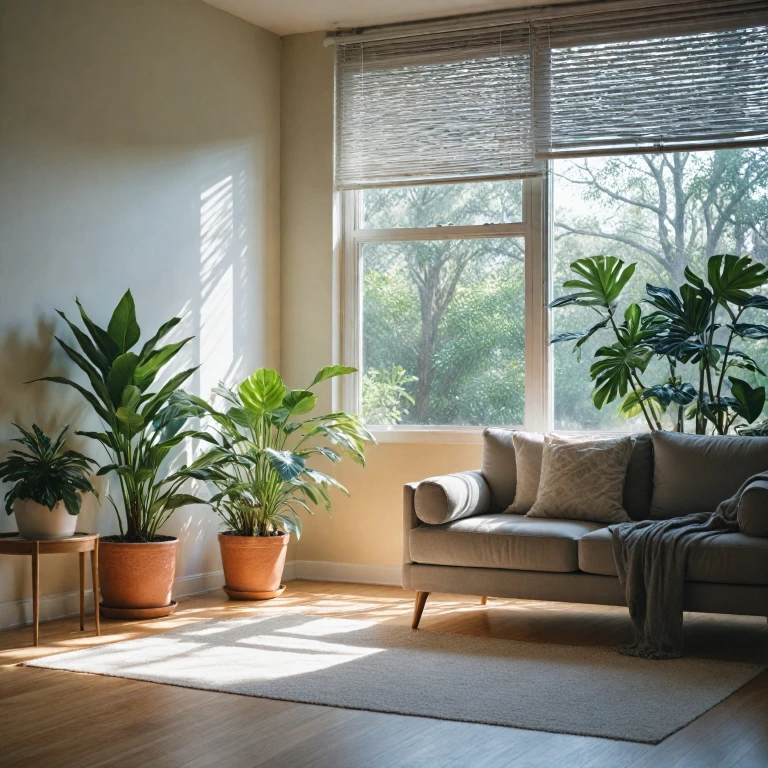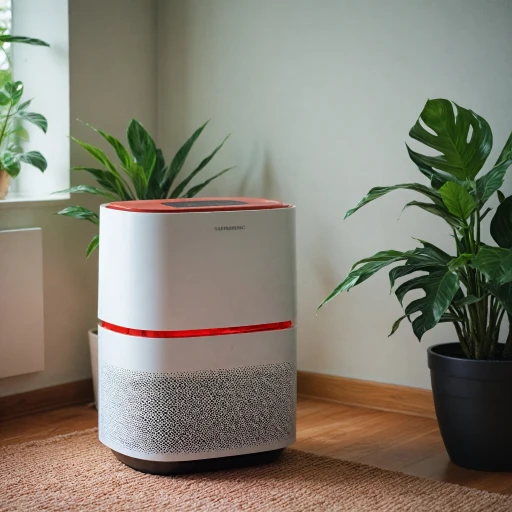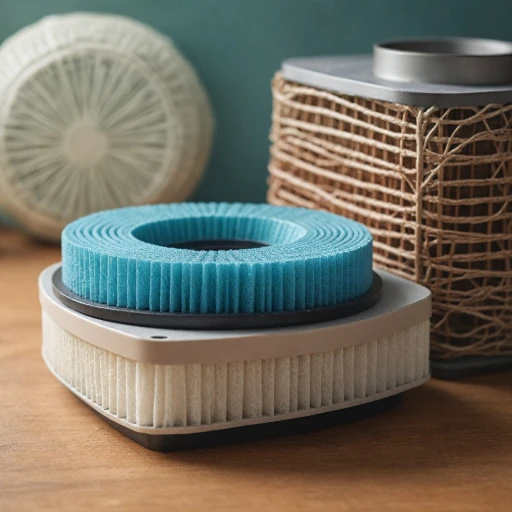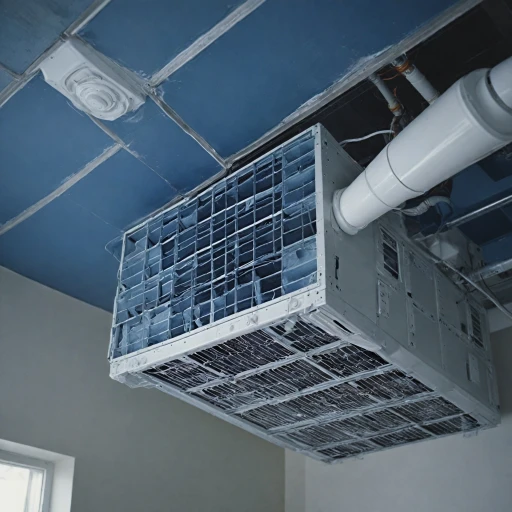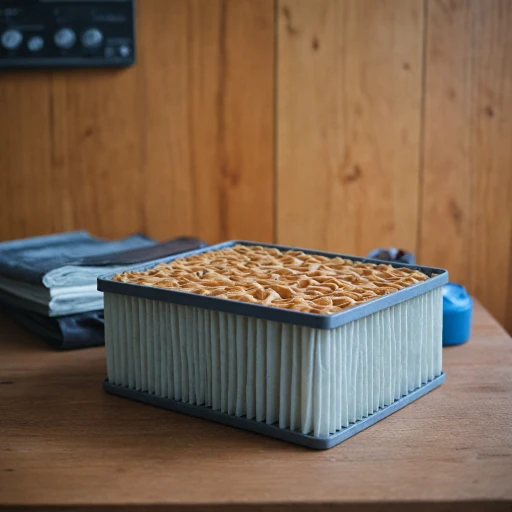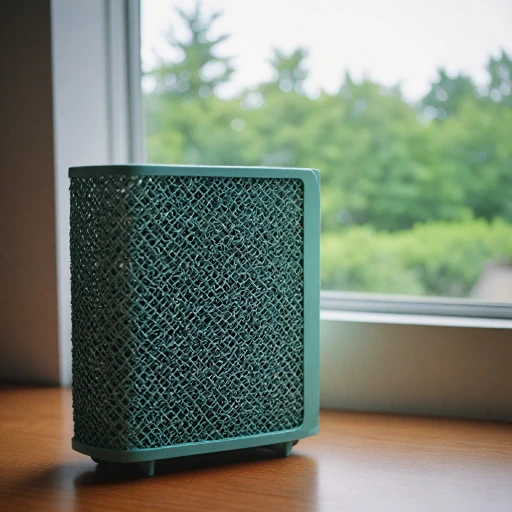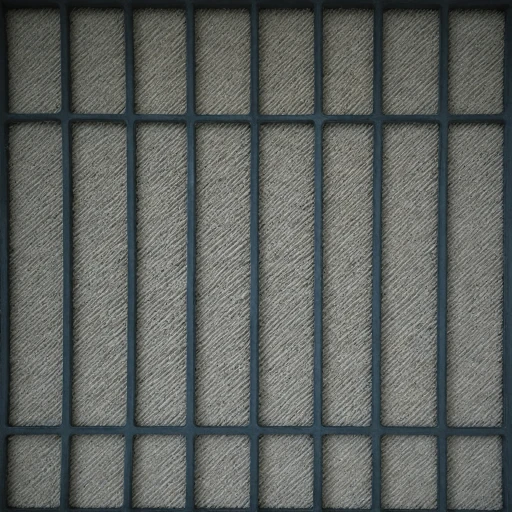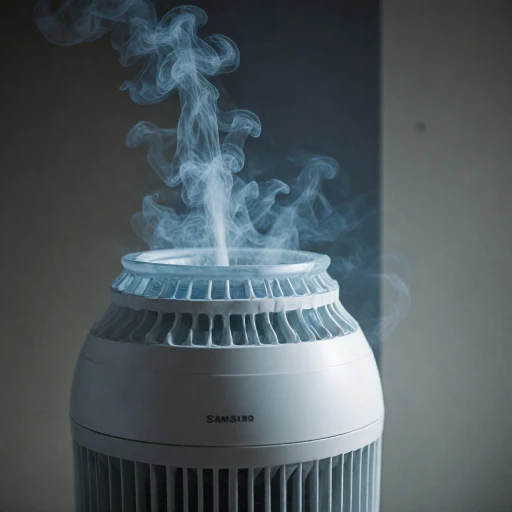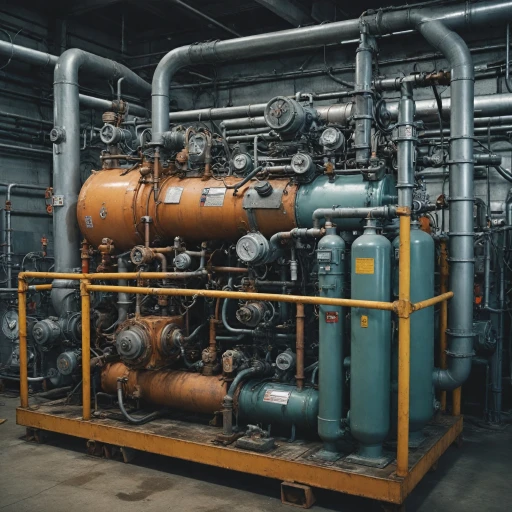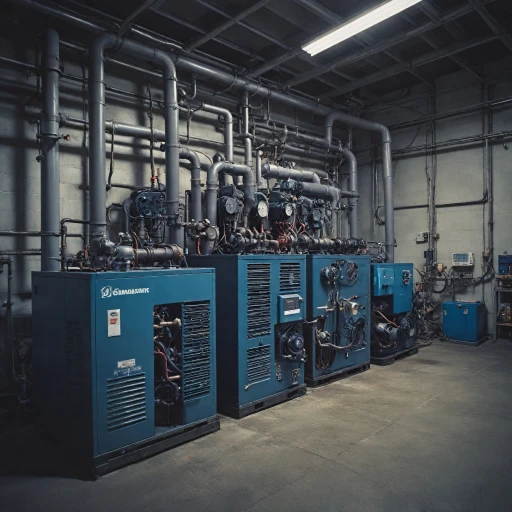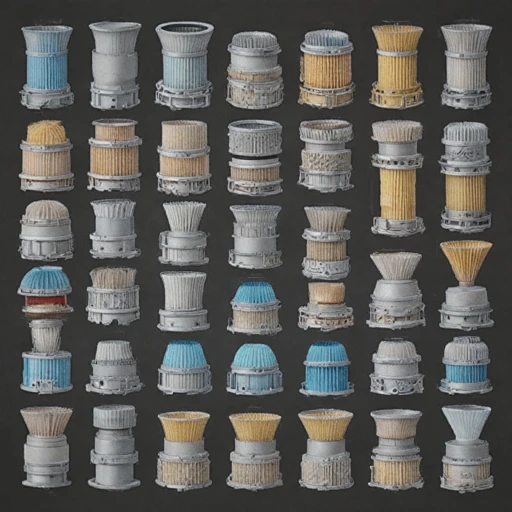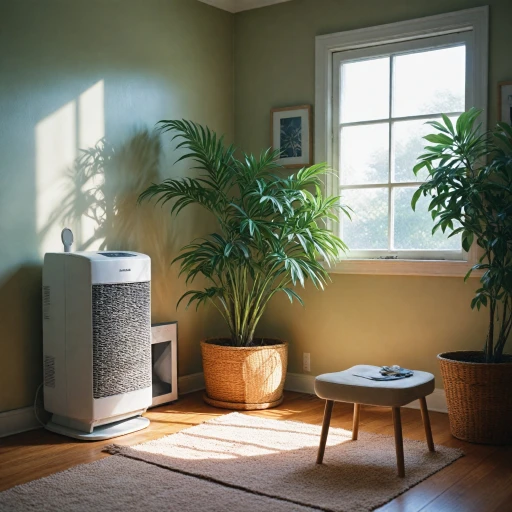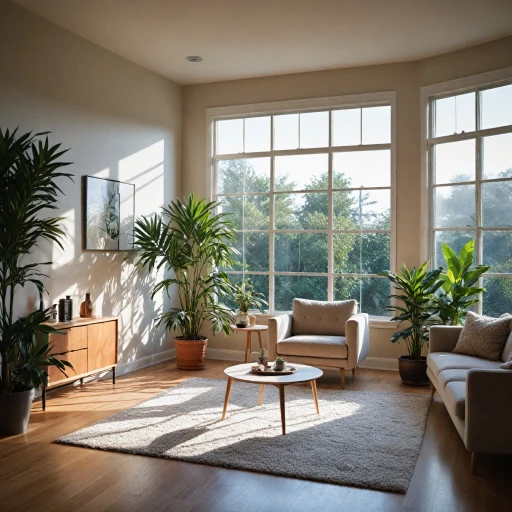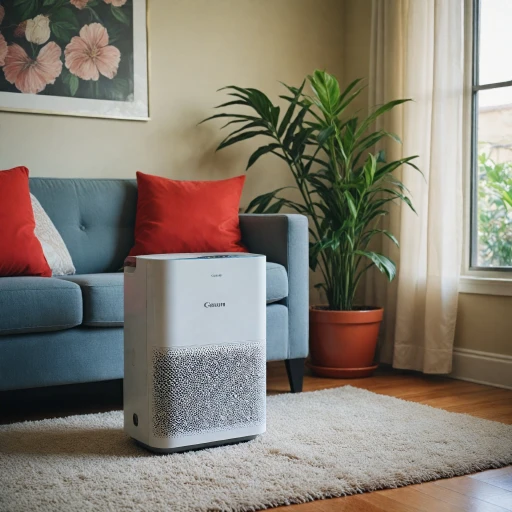
Understanding the Basics of Air Conditioning and Purification
Exploring the Fundamentals of Air Conditioning and Purification
To truly understand the intricacies of enhancing indoor air quality with air conditioning and purification, it's essential to first grasp the basics of these systems. Air conditioning, at its core, is designed to control the indoor climate by regulating temperature and humidity levels. On the other hand, air purification targets the removal of indoor air pollutants and allergens such as dust, pet dander, and fine particles. Air conditioners work primarily through a cooling system, where a refrigerant circulates within coils, absorbing heat from the indoor air and releasing it outside. This process not only cools down your living spaces but also helps reduce humidity—a vital factor in maintaining a comfortable indoor environment. Air purifiers, meanwhile, focus on filtering out and neutralizing airborne pollutants. They employ various filter types—such as high-efficiency particulate air (HEPA) filters—to capture particles as small as 0.3 micrometers, including dust and pollen. Combining these systems can amplify the quality of indoor air, creating a healthier atmosphere within your home. When implemented together, an HVAC system equipped with both air conditioning and purification functions can significantly enhance indoor air quality. By synergizing these technologies, you increase the chances of maintaining clean air and effectively combating pollutants, contributing to a healthier indoor environment. Understanding these basics lays the foundation for appreciating the benefits of integrating air conditioning with purification options, a topic explored in greater detail in the following sections of our blog post. For more in-depth information on optimizing efficiency in air conditioning systems, consider exploring enhancing air compressor efficiency with aftercooler kits.Benefits of Combining Air Conditioning with Air Purifiers
Advantages of integrating air conditioning systems and air purifiers
Merging air conditioners with air purifiers can create a more efficient indoor environment, significantly enhancing air quality. This integration addresses the need for both temperature control and pollutant removal, contributing to a healthier living space.- Enhanced Air Quality: By combining air conditioning systems with air purifiers, you're equipping your room to tackle both temperature regulation and air purification. These systems work together to remove dust, pollen, and even pet dander from the air, fostering cleaner, healthier breathing spaces.
- Comprehensive Particle Removal: Integrating air purification processes with air conditioning ensures extensive removal of particles. Products embedded with HEPA filters are particularly effective, trapping a majority of airborne particles and significantly reducing allergens in indoor air.
- Improved HVAC Efficiency: Incorporating air purifiers into your HVAC system can lead to improved system efficiency. By reducing the load of particulates the system has to handle, these purifiers can prolong the lifespan of HVAC components while maintaining effective cooling and heating.
- Energy Efficiency: Newer models that combine air conditioning and air purification functions are designed to be more energy-efficient. These products cater to both cooling and air cleaning needs without significantly increasing energy consumption, benefiting both the environment and your utility bills.
- Multipurpose Systems: Utilizing a system that offers both air conditioning and purification provides a streamlined solution. Products from reputable brands like Daikin stand out for their reliability in integrating these functions, ensuring a well-rounded approach to maintaining indoor air quality.
Key Features to Look for in an Aircon with Air Purifier
Crucial Elements to Consider in an Enhanced Air System
When looking to boost your indoor air quality, choosing the right air conditioning unit with air purification capabilities is essential. Here are a few key features you should focus on:
- HEPA Filters: One of the most effective ways to capture fine particles is through HEPA filters. These can trap dust, pet dander, and other small particles that may circulate in your room. Experts suggest the importance of replacing HEPA filters regularly to maintain their efficiency.
- Integrated Purifier Features: Some air conditioners come with integrated purification systems. This product combination can help reduce additional purchases and streamline your heating cooling strategy.
- HVAC System Compatibility: Ensure that the air conditioning unit is compatible with your existing HVAC system. This will help in maintaining consistent quality air flow throughout the space.
- Energy Efficiency: Air conditioners with higher energy ratings not only provide excellent cooling but also save on energy costs. Check for energy star ratings for assured savings.
- Brand Reputation: Brands like Daikin are known for quality air purification systems. Looking into test result reviews can also provide insight into their effectiveness.
Overall, combining an air conditioner with efficient purification features can substantially enhance your indoor air quality, making your living environment healthier and more comfortable. Selecting a product with these considerations in mind will ensure you get the best from your HVAC air setup.
Challenges and Considerations
Potential Challenges and Buyer Considerations
Combining air conditioning with air purifiers offers a range of benefits, but it’s important to be aware of the challenges and considerations involved in this integration. By understanding potential drawbacks, you can make an informed decision tailored to your specific needs.
Initial Investment and Operational Costs
One of the primary considerations when opting for an HVAC system with integrated purification is the cost. Products that combine cooling, heating, and purification systems often come with a higher price tag compared to standalone units. Ensure that your budget allows for both the initial purchase and the ongoing operational costs, which may include maintenance of filters and other components to ensure optimal indoor air quality.
Maintenance and Filter Replacement
Regular maintenance is critical for any system, but air purifiers and conditioners require meticulous attention. Filters, especially HEPA filters, must be replaced or cleaned frequently to prevent the build-up of particles like dust and pet dander that can degrade air quality. Establishing a consistent maintenance routine can safeguard against these issues. Always refer to the manufacturer’s guidelines to maintain warranty terms on the product.
Space and Installation Requirements
Another factor is the space and installation complexity of these combined systems. Some systems, particularly portable air solutions, offer flexibility but may be less efficient in larger rooms. In contrast, centralized HVAC air systems provide comprehensive coverage but require more extensive installation which can entail structural modifications. Assess the size and layout of your room or property to determine the fit and effectiveness of the system.
Performance and Efficacy
Understanding the system’s performance is vital. Before purchasing, look at the product test results to gauge the system's efficacy in improving air quality. While some conditioners are adept at removing larger particles, they may be less effective with finer pollutants. Therefore, assess whether a combination of purifiers with varying technologies might be necessary.
Environmental Impact and Energy Efficiency
Lastly, consider energy efficiency and environmental impact. Efficient systems will not only save on energy bills but also reduce your carbon footprint. Look for products with high energy ratings, and consider the environmental cost of filter production and disposal. Understanding these challenges in alignment with your needs can enhance the benefits you reap from your conditioner air purifier system.
Comparing Different Models and Brands
Key Comparisons Between Leading Air Conditioning and Purifier Systems
When venturing into the realm of air conditioning systems combined with purifiers, it's essential to sift through the myriad of options available. Understanding the distinctions between products will guide you toward a system that meets your indoor air quality demands effectively.- HEPA Filter Integration: Many top-tier models effectively utilize HEPA filters to target indoor air particles such as dust and pet dander. Consider whether a high-efficiency particulate air filter fits your home's needs, as these can significantly reduce allergens and particles.
- Cooling and Heating Capabilities: An HVAC system that provides both heating cooling options can be an attractive feature. Some systems transition smoothly between regulating temperature and purifying the air.
- Product Testing and Ratings: Before committing to a particular brand, review test results and ratings with diligence. Products like Daikin air conditioners often highlight their superior purification capabilities in these reviews.
- Portable Air Conditioning and Purification Options: If you require flexibility, portable air purifiers coupled with conditioners are worth exploring. Their mobility enables temporary placement in rooms that might need clearer air at different times.
- Noise Levels: Operating sounds of aircon with air purifier systems can vary. A quieter model might suit a household where minimal disruption from a running system is desirable.
Brand-Specific Innovations
Several brands spearhead innovations in this dual-functional realm. Exploring their unique offerings can help you make an informed choice.- Daikin Innovations: Known for quality, Daikin conditioners integrate advanced purification technology, targeting microscopic particles for improved air quality.
- Advanced Filtration Systems: Some brands offer multi-layered filters enhancing the capturing of finer dust, pollen, and smoke particles. Comparing these systems will reveal those that combine power and efficiency effectively.
Tips for Maximizing Efficiency and Longevity
Optimizing Your Air Purifier and Air Conditioning Setup
To get the most out of your air purification and conditioning system, it's essential to focus on both efficiency and longevity. By taking strategic tips into account, you can maintain a healthy indoor air environment, which will benefit both your health and comfort.
Here are some strategies to consider:
- Regular Maintenance: Regularly check your filters, whether they're HEPA or any other type, for buildup of dust and debris. Clean or replace them according to the manufacturer’s instructions to ensure optimal performance. This is particularly important to remove particles like pet dander and dust efficiently.
- Integrated HVAC System: An integrated HVAC system combining heating, cooling, and air purification can optimize your indoor air quality. When using an air purifier with an HVAC system, ensure compatibility to enhance the effectiveness of each component in the system.
- Consider Product Quality: Opt for products from reputable brands, like Daikin, which are known for their quality air conditioners and purifiers. Quality products often come with better warranties and service support, ensuring long-term performance.
- Perfect Placement: Position your portable air purifiers strategically around the room, taking into account air circulation patterns, and ensure they're unobstructed for maximum airflow and efficiency. This can significantly impact the purifier air quality delivered.
- Energy Usage: Choose energy-efficient models to save on electricity costs while maintaining quality air conditioning. Energy-efficient air conditioners and purifiers not only reduce costs but also contribute to environmental sustainability.
- Monitoring Indoor Air Quality: Implement a system to regularly test the air quality in the rooms. Knowing the air quality levels can help you make necessary adjustments and ensures that your setup is functioning as expected.
By following these guidelines, you can maximize the effectiveness of your air conditioning and purification systems. Doing so ensures both cleaner air and a comfortable living environment throughout the year.
